“I hate to stereotype,” says architect Fiona Scott. “Male architects are often quite sensitive, artistic people and any suggestion that buildings designed by women are more curvy, tactile or colourful is wrong. But I don’t think there are many women who think, ‘Oh, my ideal project would be a massive tower.’”
Scott, one half of the award-winning practice Gort Scott, is currently on maternity leave but has agreed to meet me in an east London cafe to talk about whether gender influences her work. She describes a generational divide between female architects working now and those who have retired or are close to it, some of whom rightly feel hard done by. Last year a petition tried and failed to get Denise Scott Brown made retrospective joint winner, with her husband and business partner Robert Venturi, of the 1991 Pritzker prize, which was awarded to him alone.
Scott says it is not uncommon to learn of women who have not been properly credited, but these days there are advantages to being female: “I’ve always thought there was a benefit to being a woman [in this field], because you don’t have to do so much to get noticed, and if your ideas are any good then people want to hear what you’ve got to say.
“It’s a mistake to think women aren’t capable of having grand ideas,” she adds – even if such ideas are often associated with big egos. She mentions Lina Bo Bardi, whose centenary is celebrated this year in Brazil and Italy, and multiple-prize-winner Shelley McNamara.
But for all her positivity, Scott admits that earlier in her career she struggled. “I would go to networking events that were full of guys who had a way of talking I found exhausting,” she says. “Quite bullish, lots about sport. You find yourself feeling you have nothing to say. It’s a vicious circle where your confidence gets diminished if people don’t listen to you. I really wanted a female mentor, I knew I needed to sort it out and I spent a couple of years thinking about that a lot.”

The first thing to observe when discussing how cities would differ if women built them (or at least had more of a say in how they are built or rebuilt) is that – surprise! – at the moment and across and the world, and even in countries where women hold powerful positions, the biggest decisions about urban development are mainly made by men. There are and have been inspirational women architects, planners and city politicians, and Jane Jacobs’ book The Death and Life of Great American Cities (1961) is perhaps the most famous single piece of writing about urban design. But all over the world, the built-environment professions – and particular their uppermost echelons - remain heavily male-dominated, more so than other spheres such as education or health.
In the UK, where I did the research for this article, one recent survey found the number of women in architecture firms fell from 28% to 21% between 2009 and 2011. In 2012 a database, Gendersite – created to showcase material on gender and the built environment following the introduction of a new gender equality duty for planners – closed due to lack of funds. Kate Henderson, interviewed by the Guardian following her appointment as chief of the Town and Country Planning Association, described construction as a “very, very male-dominated industry”. Every one of the female architects, planners, urbanists and engineers I talked to described what it is like to go to work and be the only woman in the room.
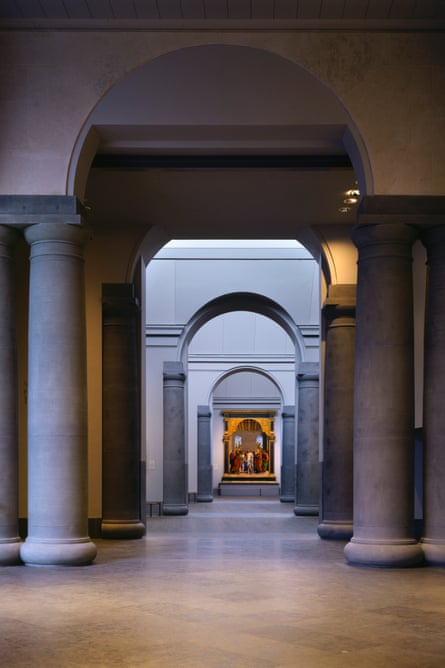
“The thing about us,” environmental engineer Sarah Bell tells me at a gathering of all the Urbanistas women’s network, “is that we don’t actually know we’re not meant to be doing physics until we get to university.” In other words, the teachers at her girls’ school didn’t warn her she might be the only girl. Currently just 14% of UK engineering and technology students are female, and just 7% of engineers, making the UK one of the least equal countries in Europe on this measure.
Clearly, such imbalances matter deeply at an individual level. Women may feel isolated in male-dominated working environments; they may face discrimination as they are cut out of networks while male bosses hire and promote in their own image. But what about at a macro level? Does the lack of female representation materially affect the work produced by architects, developers and planners? Would new housing, street and office blocks look or feel any different if more women were in charge of designing them?
In the mid-1980s Wendy Davis was among the founders of the Women’s Design Service, one of the first feminist built-environment groups. As an architecture student in London in the 1970s, Davis says she and others were “put out by the way the subject was taught. You had to pin your design to the wall and everyone would have a go at you, and I got really told off for saying, ‘Oh yes, I hadn’t thought of that.’ It was very aggressive and completely counter to the feminist groups that we [women] were all starting to join, that emphasised cooperation.”
The profession’s macho style spurred these women to club together, but they had issues with the substance of the work as well. “No one seemed to see any gender issues around design at all,” says Davis. “The thing that’s stuck with me was Le Corbusier’s idea that everyone should work to a human scale, which you can’t really argue with – but the figure he used to show how this worked was six feet tall! Generally speaking women are smaller, and then what about children?”
The WDS provided advice including sketches and plans to groups who needed it, and advocated for more family-friendly spaces including nappy-changing and access ramps. It also pioneered research on women’s safety and published a pamphlet, At Women’s Convenience, about public loos.
While this work was important – and long queues for women’s toilets remains a sore point - the younger generation of built-environment feminists are keen to show they have moved on. Fiona Scott says too much focus on sexism these days feels “not cool”. Architect Catherine Greig, who used to rent a desk space from the WDS and now runs design studio make: good, says, “I was constantly thinking, ‘It’s got to be about more than toilets!’
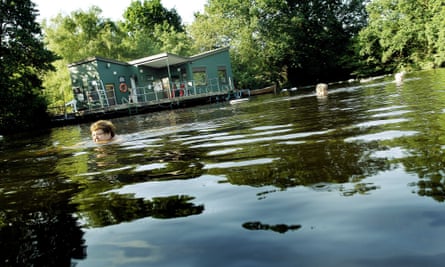
“The premise of our practice is to put people at the centre – I’m thinking about gender, ethnicity, socioeconomic background, age. There are lots of groups that get marginalised. I think teenagers have a completely alien experience of cities from most of us. All these parallel lives are going on, and it feels counterproductive to come at things from one particular perspective. Even if cities were designed by female architects, they would still be a very narrow group.”
Where women such as Greig and Scott are in sympathy with the preceding generation is in the understanding that they are outnumbered, and a belief that there are differences in the ways men and women (though not all men and women) work. “If I said I’m not aware of gender in my profession I’d be lying,” says Greig. “Even when you’re training, you realise this field is so male-dominated! My entire relationship to myself as a professional architect was tied up with the realisation that I was in a minority.”
Reading about the 1970s feminist adventure playground movement, when activists fought for teenage play areas, was Greig’s starting-point for understanding “how everybody can be involved in thinking about how cities are made”.
Naturally, there are professionals of both sexes who are more interested in profit margins than anything else. But while they are wary of generalisations, these women think they tend to be more pragmatic than male colleagues, have a more collaborative approach to making decisions, and are better at seeing things from different sides.
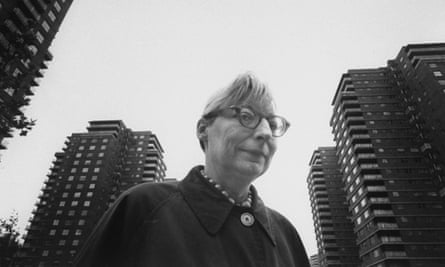
Partly this is down to physical differences: the experience of being smaller, of being pregnant or needing to breastfeed a baby, of feeling unsafe after dark. Feeling marginalised professionally can also sharpen awareness of what life is like for other excluded groups: children and young people, old people, or those with disabilities.
“It gives you a little bit more of a sensitivity to what it might be like to have another vulnerability,” says planner Liane Hartley, who co-founded the Urbanistas women’s network and also runs social enterprise Mend. “Considerate is the word, because you can’t include everyone in everything. The question is really not would cities be different if they were designed by women? It’s would they be different if more voices were heard?”
So what would such a city look like, and does it exist?
I meet urban anthropologist Caroline Moser at her house in north London. Moser, who is 70, pioneered a gender-aware approach to planning at the Development Planning Unit at UCL, and spent much of her career doing fieldwork in Latin American slums. She is recovering from a broken foot, but has agreed to take me on a walk to show me what the gendered city looks like - and what we could expect to see more of, if planners and architects more routinely thought in these terms.
“This is the antithesis of the built environment, but also the most incredible space for women at different stages of life,” Moser says of Hampstead Heath, as we make our way through the ancient park past public tennis courts and a toddlers’ playground, towards a cafe popular with older people and mums. The women’s swimming pond nearby, she says, is evidence of the “recognition that women needed their own space”.
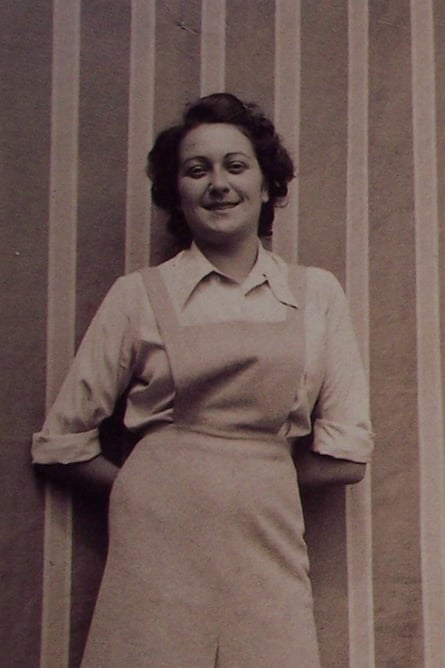
Moser makes a distinction between practical gender needs, such as highchairs for infants or toilets, and strategic ones such as political representation, or women-only recreation facilities. She learned on the ground that “you had to clearly articulate the community role of women” – and stresses that the built environment means not simply buildings and public spaces, but also “the way people are in them”.
This leafy and luxurious corner of London may seem remote from what we mostly mean by urban development. But mixed-use public spaces such as this, which offer resources to people of all ages and incomes – particularly women and children – are key to Moser’s conception of what a city should be.
In a classic 1980 essay called What Would a Non-sexist City Be Like?, the American urbanist Dolores Hayden called for centres that would “transcend traditional definitions of home, neighbourhood, city and workplace”. Since then, others have taken up the argument that a woman-friendly city would be more porous, the divisions between home and work less rigid, so that domestic work is acknowledged as a productive activity, and carers (of children, disabled relatives and older people) are less excluded from economic life. In any case, such divisions are often artificial, with women in developing-world cities undertaking economic activity that has too often been ignored.
Feminists are not and have never been the only people making the case for radically transformed urban environments. São Paulo’s recently approved “strategic masterplan”, held up by many as a model of a more participative and equitable design process, took its inspiration from broad concerns around a degraded public realm, growing inequality and acute housing need.
But experts such as urban planner Yasminah Beebeejaun insist the gender politics of planning has long been underplayed. She argues, for example, that the garden city movement – which looks set to be revived in the UK with cross-party support – was conceived in part as a means of moving women out of city centres, still regarded in the early 20th century as morally dubious places, to leafy enclaves from where men would commute to work. The single-family houses with private gardens we have all been taught to aspire to, she adds, require far more upkeep than flats and are more likely to result in a breadwinner-model family with a stay-at-home mum.

In many parts of the world, women can’t even go out on their own without being harassed, points out Caren Levy, who once worked for Caroline Moser and is now a professor at UCL. She studies public transport, an area of heightened concern for policymakers in light of horrific crimes such as the gang rape and murder on a Delhi bus in 2012 of Jyoti Singh Pandey. But despite such tragedies, and the proof they provide that women must be taken into account when strategic decisions around transport planning are made, Levy says gender remains at the fringe of policy debate, if it is there at all: “It’s clearly very hard to talk about questions of gender if you don’t talk about people in the first place, and there are elements of planning that are very technocratic.”
The answer from these experts, then, to the question “does the feminist or minority-friendly city yet exist?” is no. There are places in which women – and children, old people, people who belong to ethnic or sexual minorities, and people with disabilities – are enabled to thrive and included in decision-making processes. There are vastly more places where they are not.
Nowhere in the world has a city yet been conceived and constructed along the lines that these women planners would like. Nowhere in the world do women, and others who share the inclusive goals of gender planning, have the political power or access to capital that such an urban renewal project would require.
If this sounds utopian, and a million miles from such urgent problems as unaffordability and the rise in homelessness, think of the lack of workplace creches, continuing arguments about breastfeeding in public places, or concerns that women cyclists are more vulnerable to being killed and injured on the roads. Such issues signal a more productive direction for public discussion of the built environment, surely, than the recent kerfuffle over the suggested resemblance of Zaha Hadid’s 2022 Qatar World Cup stadium to a vagina, or what we think of the latest skyscraper. Design is a feminist issue. There’s another surprise.
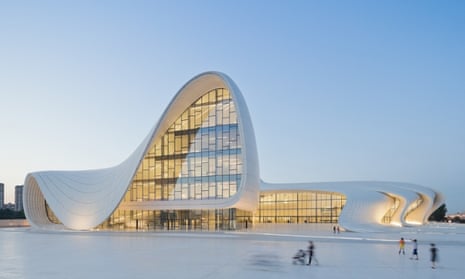
Comments (…)
Sign in or create your Guardian account to join the discussion